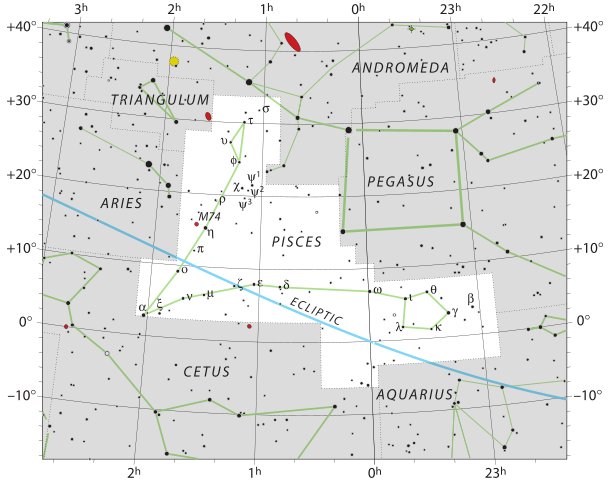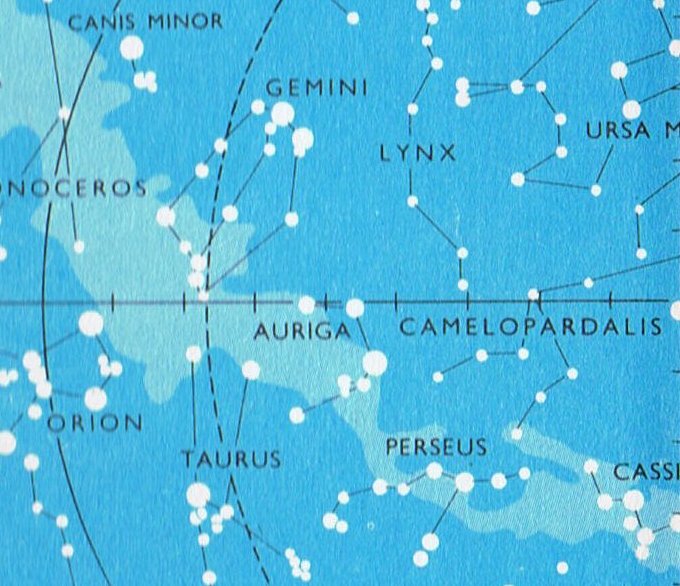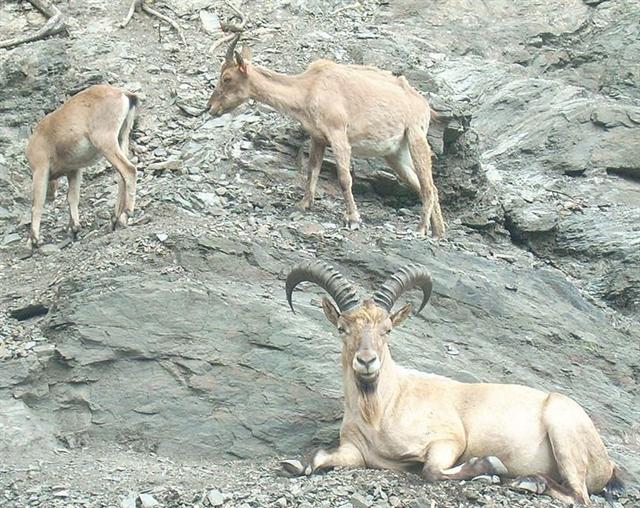Bb2.8 Should we define the beginning of astronomical summer to coincide with the place where the ecliptic (path of the Sun and the planets) intersects the declination line for 0º (the equator in the sky), then the rising ecliptic would in a way begin to ascend up from the 'earth' at 0h: ... Old-Spider then made the sun from the second snail, and placed it beside the lower half-shell, which became the earth ...
On Easter Island they could observe this place in the sky close to the Full Moon in September (Hora Nui), when indeed their summer was in front; when there was winter in the northern hemisphere it was summer in the southern hemisphere. Hora. Ancient name of summer (toga-hora, winter summer). Vanaga. 1. In haste (horahorau). 2. Summer, April; hora nui, March; vaha hora, spring. 3. 'Hour', 'watch'. 4. Pau.: hora, salted, briny. Ta.: horahora, bitter. Mq.: hoáhoá, id. 5. Ta.: hora, Tephrosia piscatoria, to poison fish therewith. Ha.: hola, to poison fish. Churchill. Horahora, to spread, unfold, extend, to heave to; hohora, to come into leaf. P Pau.: hohora, to unfold, to unroll; horahora, to spread out, to unwrap. Mgv.: hohora, to spread out clothes as a carpet; mahora, to stretch out (from the smallest extension to the greatest), Mq.: hohoá, to display, to spread out, to unroll. Ta.: hohora, to open, to display; hora, to extend the hand in giving it. Churchill. ... The month names Ora and Ora Nui do not appear in the list we have used so far: 1. Month, light. The ancient names of the month were: Tua haro, Tehetu'upú, Tarahao, Vaitu nui, Vaitu poru [potu?], He Maro, He Anakena, Hora iti, Hora nui, Tagaroa uri, Ko Ruti, Ko Koró. 2. Name of an ancient tribe. Maramara, ember. Vanaga. Instead they were double-months:
At the other side of the equator (i.e. in the north above the 'earth') they similarly in their month named March (→ Mars, the god of war, Tyr as in Tuesday → martyr)
could have observed the right ascension line for 12h between Leo and Virgo - where the ecliptic went southwards - as a sign that here Sun now was going down, i.e. summer was in the past.
Towards the end of the last Ice Age the sign of summer in front had been indicated by Virgo.
Accordingly, from there the Gate of the Goat would then be 12500 BC + AD 6200 = 18700 years ahead. And AD 6200 - 18700 / 2 = 3150 BC. Notably there was no room for a year 0 in the Gregorian calendar:
... and then, with stunning abruptness, at a crucial date that can be almost precisely fixed at 3200 BC (in the period of the archaeological stratum known as Uruk B), there appears in this little Sumerian mud garden - as though the flowers of its tiny cities were suddenly bursting into bloom - the whole cultural syndrome that has since constituted the germinal unit of all the high civilization of the world ...
The male goat (Al-maaz, ε Aurigae) marked this 'gateway of the Sun', essential in order to move across the Milky Way from Tarus to Gemini:
From the Sun at Capella (Mother Goat) to the conjunction between Leo and Virgo at Denebola together with Alaraph there were 100 days. In the B text glyph number 4 was where Capella (*78) - together with Rigel - had been at the Full Moon in APRIL 4 (94). This was where Thuban culminated. In JULY 13 (194 = 94 + 100) was glyph number 469 (= 4 + 465):
|
|||||||||||||||||||||||||||||||||||||||||||||||||||||||||||||||||||||||||||||||||||||||||||||||||||||||||||||||||||||||||||||||||||||||











.jpg)